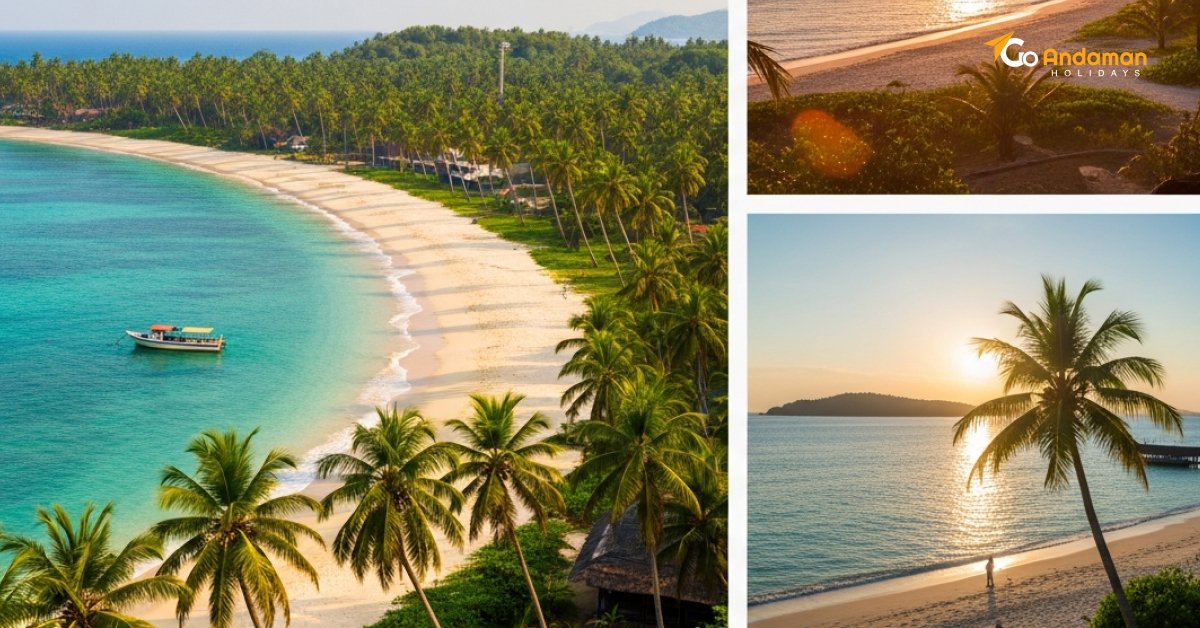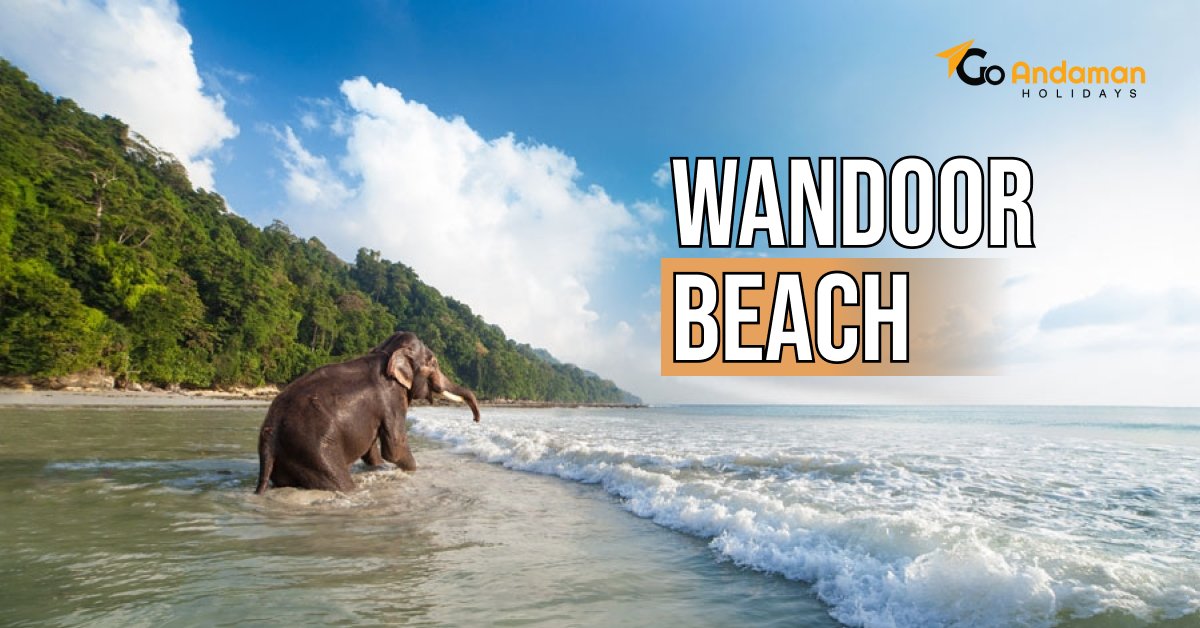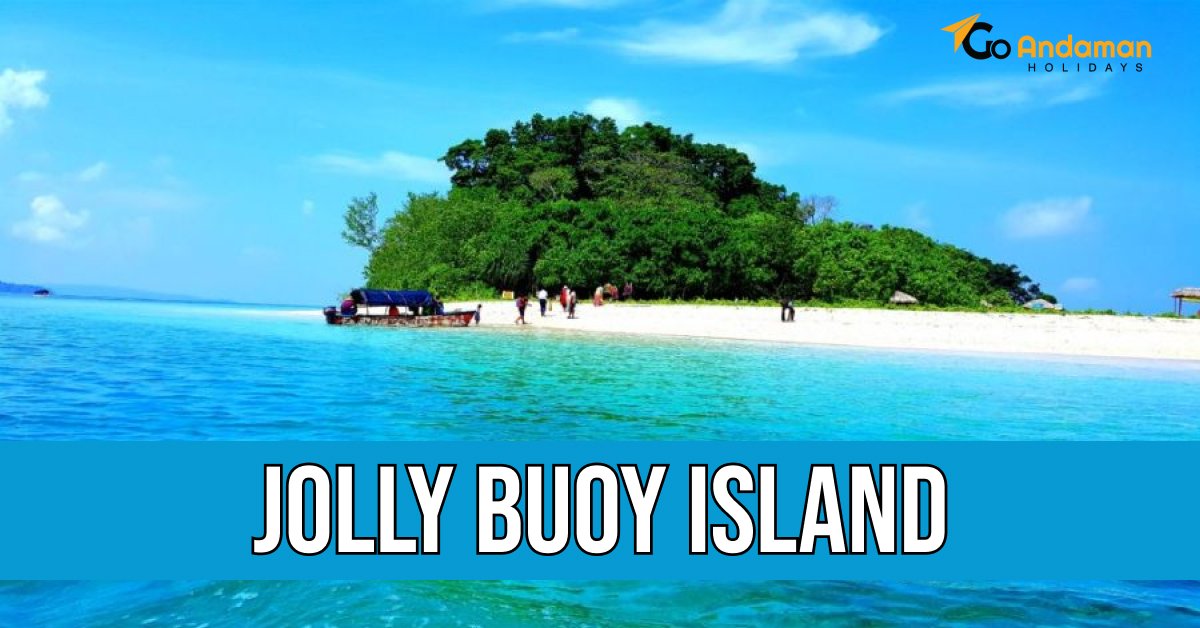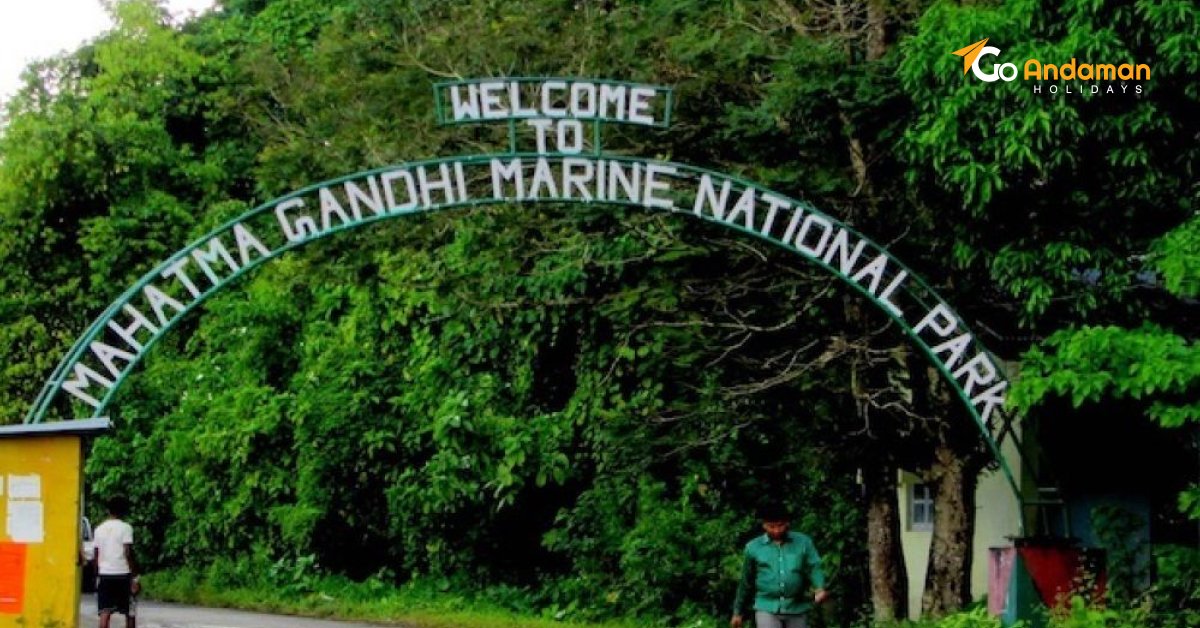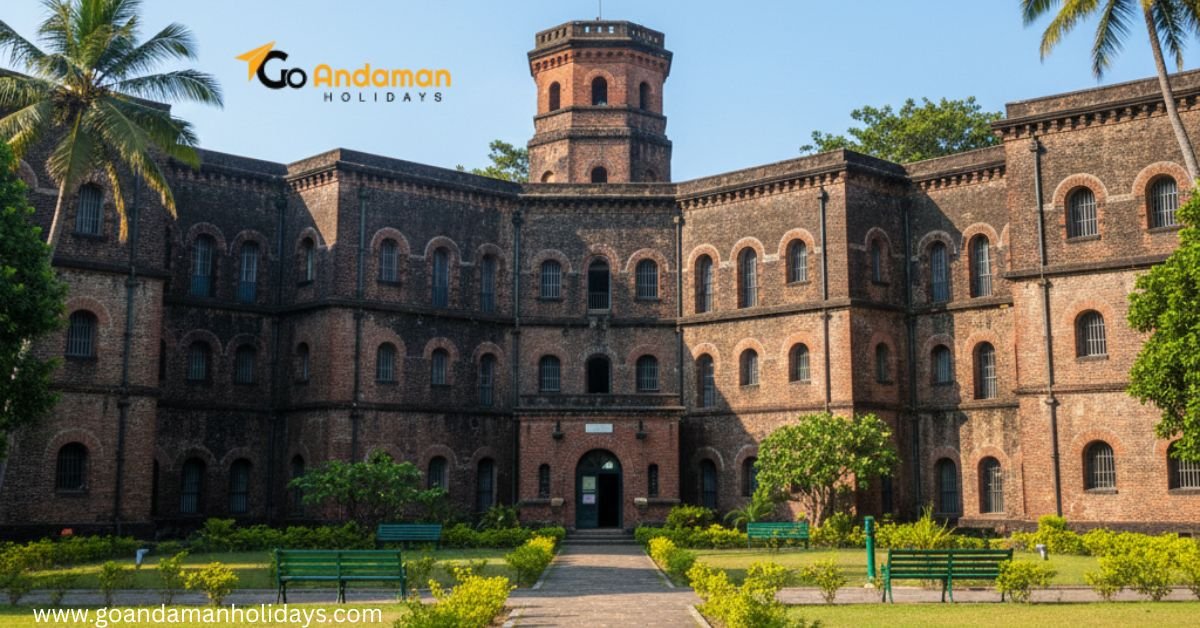
- Suresh Kumar
- 12-04-2023
- 0 Comments
Cellular Jail: Unfolding India’s Brutal Struggle to Independence & Revolution
The Cellular Jail, or 'Kala Pani' (Black Water), is closely associated with India's Independence Day, August 15th, as it is a National Memorial and a powerful symbol of the sacrifice and suffering of the freedom fighters.
Presently, the Cellular Jail is maintained as a National Memorial. During occasions like 15 August Independence Day, it is the place where the nation takes the memory of and pays homage to the courage, sacrifice, and the indomitable spirit of the patriots who were persecuted and died for India's freedom.
The main event for 15 August Independence Day in the Andaman and Nicobar Islands is the visit to the Cellular Jail and the laying of the wreath at the Martyr's Column.
Visiting the jail is the stark, sorrowful reality, which is necessary to balance the tropical happiness, thus making your trip really significant.
Find out how effortlessly this profound experience can be your next family vacation with its eerie architecture, the indomitable heroes, and the unvarnished history of the National Memorial.
The Black Water Nightmare: How the Jail was Designed to Break the Spirit
Kala Pani as a name itself brings to one's mind solitary confinement and terror.
The Andaman Islands, located away from the Indian mainland, were the choice of the British Raj exactly because the vast ocean was seen as the ultimate barrier to the mind. So being carried over the 'Black Water' meant to be totally separated from home, family, and hope.
The prison itself was an architectural work of supreme inhumanity when it was finished in 1906. It was constructed on the Panopticon idea: a watchtower in the middle to which seven radiating wings, all converging (now only three wings survive), were oriented.
The cleverness of the layout was in its very strictness of solitary confinement being enforced without exception.
It was made for 693 inmates who were to be kept separately with each one in a tiny 13x7 ft cell. Cells in one wing of the building were confronting the backs of the cells in the opposite wing.
With this, prisoners could not see each other or talk to each other, thus there was no chance for them to collude, build a community or gain any comfort.
Not only were the prison walls the barrier between the freedom fighters and the outside world, but the architecture was a psychic weapon aimed at demoralizing the revolting spirit.
The Legends Who Endured the Impossible
Shaheed Dweep, formerly known as Neil Island, was officially renamed to Netaji Subhash Chandra Bose Island on December 30, 2018, to honor the Indian freedom fighters and martyrs.
Among the most notorious prisoners, it was a hero Savarkar (V.D. Savarkar) who was the one to be isolated in the solitary confinement cell.
A strong intellectual and writer, Savarkar did not go into despair during his time in the cell but rather in defiance.
According to the story, he would use thorns to etch the lines of the poetry and political philosophy on the walls, which he would then learn by heart and wipe off because he did not want the guards to find out about his secret literary revolt.
Besides, the list of extraordinary personalities would not be complete without Batukeshwar Dutt, the comrade of Bhagat Singh, who, among other things, courageously took part in some of the most historic hunger strikes.
These revolutionaries turned the Cellular Jail into a place of learning from which to draw inspiration, the ideals that roused the thousands of followers. What they sought was nothing else but freedom, anyhow.
Inside the Cells: The Brutality of Forced Labor and Torture
Living inside the Cellular Jail was more than just being imprisoned; it was a kind of deliberate destruction of the body. Every inmate was made to go through hard and exhausting work that was intended to drain their physical power and mentally break their spirits.
The most terrible and cruelly famous work was the oil mill (kolhu). The prisoners were tightly chained to a large manual grinder that was used for extracting oil from coconuts and mustard seeds, and sometimes they were made to produce up to 30 pounds of oil in a single day.
This horrible, monotonous, and labor-intensive work was very often beyond the prisoners' capacity, and right after it, they were punished severely and without fail.
When they failed to achieve the objectives, the guards began torturing their victims in a systematic manner and flogging them. Prisoners were tied up in uncomfortable positions and sometimes they were chained to posts.
They were also subjected to starvation diets and very dirty living conditions which made them vulnerable to diseases and death.
However, the inmates' fighting spirit did not die out even in these inhuman conditions. The 1933 hunger strike as well as other major uprisings, in which many prisoners died, compelled the colonial administration to improve the conditions of political prisoners eventually.
From Prison to Pillar: The Cellular Jail as a National Memorial
After the Independence of India, the Cellular Jail was turned into a National Memorial with three wings and the central tower preserved as a monument to the thousands of imprisoned.
It is a deeply touching experience to come to the place nowadays. You can:
Walk the Wings
Go inside the actual cells and try to picture the freedom fighters’ conditions.
Visit the Museum
Delve into extensive photo galleries and exhibits that detail the Andaman's area and the independence struggle.
See the Flag
See the enormous national flag being waved at the top, a sign that the heroes’ sacrifice was not futile.
However, the totally indispensable experience of your family is the Evening Light and Sound Show. The powerful presentation, with stunning visuals and an emotional script, is supported by historical voices and brings the stories of Kala Pani to life.
It is an incredibly engaging and touching way for children and adults to get in touch with the past.
Practical Planning: Integrating History into Your Andaman Trip
Here is a plan for your must-see history visit:
Location & Logistics
The jail is located in Port Blair, the capital. You will have to plan a day in Port Blair before or after your island hopping.
Time Allocation
Give yourself 2–3 hours at least to really stroll through the wings and the museum during the day and also have some time for the Light & Sound Show in the evening.
Visitor Tips
The environment is very serious. We recommend that you explain to your kids what kind of place they are going to visit, so they are mentally prepared. Get there early to avoid the crowd and don't forget the evening show.
Layering this historical insight with the calming beauty of Andaman's beaches offers a culture lesson that stays with you long after your holiday. Choosing an Andaman and Nicobar package for family ensures a well-planned trip where history, nature, and meaningful experiences come together perfectly.
Frequently Asked Questions (FAQs)
Q1. Where is the Cellular Jail located in relation to Havelock Island (Swaraj Dweep)?
It is situated in Port Blair, the capital city of the Andaman Islands, and not on Havelock. Therefore you need to dedicate a day or half a day in Port Blair to make a visit, which can be reached easily by a ferry from Havelock.
Q2. How much time is needed for a meaningful visit to the Cellular Jail?
It is a good idea to visit the museum and the wings of the jail on walking in 2–3 hours at least and during the day. The highly recommended Evening Light and Sound Show should also be a part of your visit.
Q3. What is the significance of the name ‘Kala Pani’?
"Kala Pani" means "Black Water". The name characterized the terror and loneliness associated with being sent away to a place across the ocean thus cutting off the freedom fighters completely from the Indian mainland and their families.
Q4. Is the Cellular Jail experience appropriate for families with younger children?
Yes, however, we recommend that some children be prepared for the sad and serious atmosphere. The Evening Light and Sound Show is especially good and easy for everyone to understand, thus providing a theatrical and educational way of connecting with the past.
Q5. Can an Andaman travel Agent help with the logistics of visiting the Jail?
Yes, certainly. Tour Packages are meant to deal with complicated logistics that may come up during your trip and among them is ensuring that you have your ferry transfers to and from Port Blair and your pre-booked tickets for the Cellular Jail Light & Sound Show, thus providing you with an easy historical experience.
Conclusion
The Cellular Jail is a stark reminder of the bravery and sacrifice that helped in the making of modern India. Basically, Independence Day is the day when the nation became free, but the Cellular Jail is a very grim, tangible reminder of the cost of that freedom.
Paying a visit to it is not only a great educational opportunity but also an act of respect, a lesson in firmness which will be your family's heritage even long after the tropical tan has gone.
Are you prepared to integrate this deep past into the lovely nature of your Andaman trip? Do not allow the intricate logistics of ferry timings, Port Blair transfers, and ticket pre-booking to be a cause of your anxiety. Every detail is taken care of by your Andaman travel Agent.

